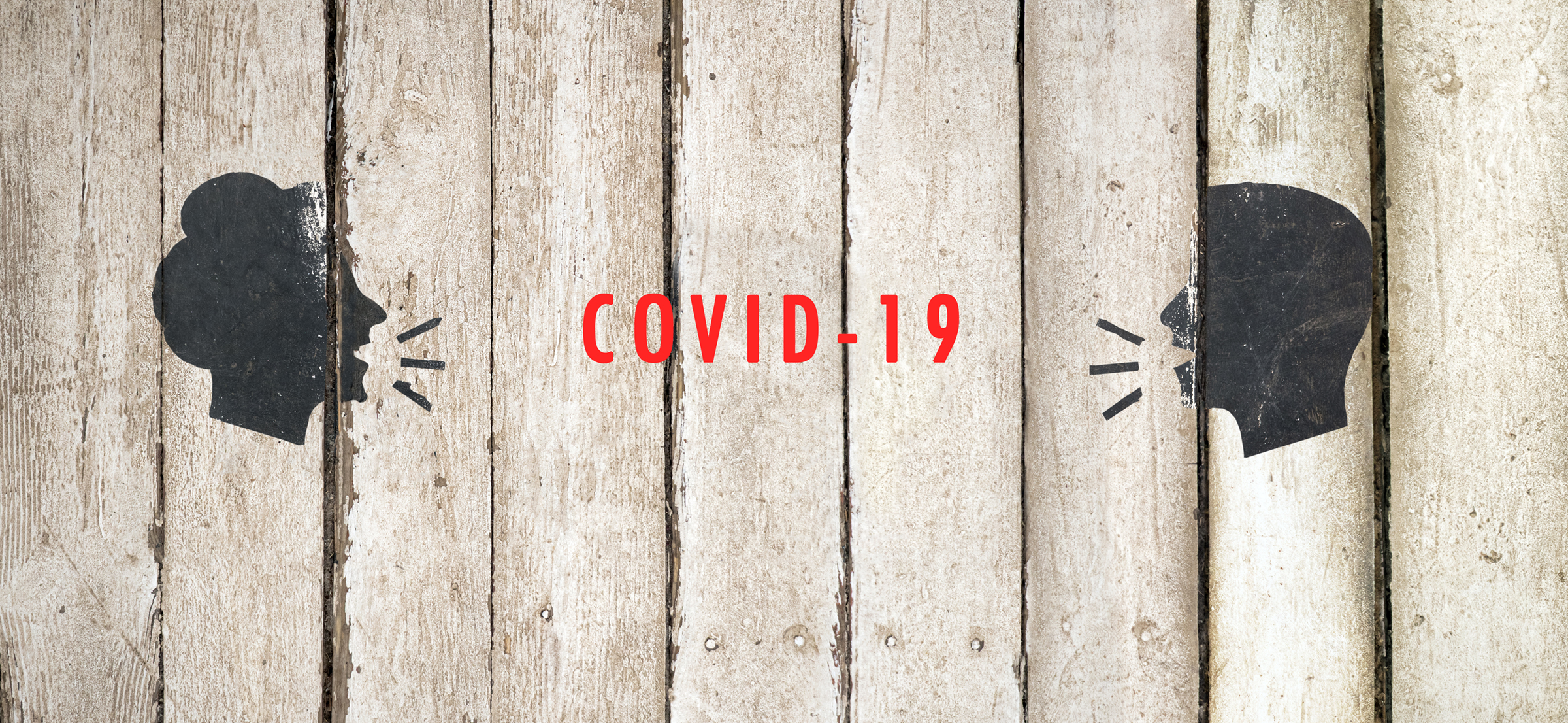- Who We Are
- Clinician Employment
- Publications
- Witness to Witness (W2W)
- Kugel & Zuroweste Health Justice Award
- Your Voice Matters: Photovoice Project

At a time when our health systems are unable to meet the growing demand for care as a result of COVID-19, the inequities in the health care system expand exponentially.
Low-literacy, comprehensive information on the virus and prevention strategies, including on sanitation, handwashing, and social distancing, has initially been very difficult to find, particularly in languages other than English. Distribution may continue to hinder the advancement of key messages. Often living in rural locations and/or lacking close communication ties to the larger community, migrants may have not received early messages. In health centers, outreach workers and community health workers continue to be essential partners in bridging between COVID-10 prevention education and migrant communities.
If they fall ill, migrants may be discouraged to seek out the care they need. Migrants, asylum seekers, and immigrants already hit numerous barriers to get even basic health needs met. Fear and anxiety over immigration status, ineligibility for health programs, cultural and language barriers, and a lack of financial resources are just some of the reasons they cannot or will not access care. As a result, many migrants and immigrants will likely miss out on early detection efforts that require navigation, often in English, of an overwhelmed health care system with which they’re unfamiliar. Farmworkers, even those who are geographically stable, run into similar barriers to care, as well as health care access limitations unique to low-wage laborers: without sick leave, many may opt not to take time off of work, as the weight of poverty propels them to work, regardless of illness.
Here, we compile some resources that may be helpful in serving migrant patients.
Protecting Workers
The MCN webinar in English and Spanish, Work in the time of COVID-19: Protecting Vulnerable Workers and Their Families, discusses strategies and resources to help workers best protect themselves and their families.
COVID-19 Webinar Worker Resources List contains links to the resources for workers and employers referenced during the webinar.
COVID-19 checklist for growers in English and Spanish.
FAQ: Immigrant Workers' Rights and COVID-19 - A resource developed by the National Immigration Law Center, National Employment Law Project and OSH Law Project.
WHO's video shows how to make a temporary washing station in the field.
Multilingual Resources
CDC’s Printed Materials: This list of resources was selected because of the breadth of languages and the simplicity of the infographics.
PAHO/WHO Communication Materials: These infographics and social media cards are simple and bright. The order in which the recommendations are presented is great.
COVID-19 Materiales de consulta: This list of resources compiled by the federal government of Mexico were chosen because the Mexican government is doing a commendable job alerting their health workers to new essential information and providing easy to understand resources. With a limited number of Spanish language resources available in the US, this list fills important gaps.
Hesperian’s new fact sheets (as part of their excellent HealthWiki) in English, Spanish, and French can be utilized with patients. Hesperian says that fact sheets in Bahasa Indonesia, Bangla, Filipino, Haitian Kreyol, Hindi, and Vietnamese are forthcoming.
CIELO has compiled excellent resources and videos in indigenous languages.
Harvard's COVID-19 Fact Sheets come in 36 languages.
The American Public Health Association’s Get Ready page has patient-facing fact sheets in English, Spanish, and other languages.
For Health Centers
HRSA’s new COVID-19 FAQs give some overview on the health center requirements around emergency preparedness as well as recommendations for communications from health centers.
NACHC’s new FAQ runs down a number of additional resources not covered here, specifically tailored for health centers.
This almost real-time map shows where COVID-19 cases have been reported, all over the world, which provides some perspective and allows for a visual understanding of the spread as it progresses.
The CDC’s archived webinar provides a useful overview for clinicians: “Coronavirus Disease 2019 (COVID-19) Update—What Clinicians Need to Know to Prepare for COVID-19 in the United States.”
For Clinical Understanding
The New England Journal of Medicine has an article analyzing early cases in China which gives some clarity around how the virus works: Clinical Characteristics of Coronavirus Disease 2019 in China.
WHO's OpenWHO offers free courses for health care providers on COVID-19 preparation and control in many languages.




